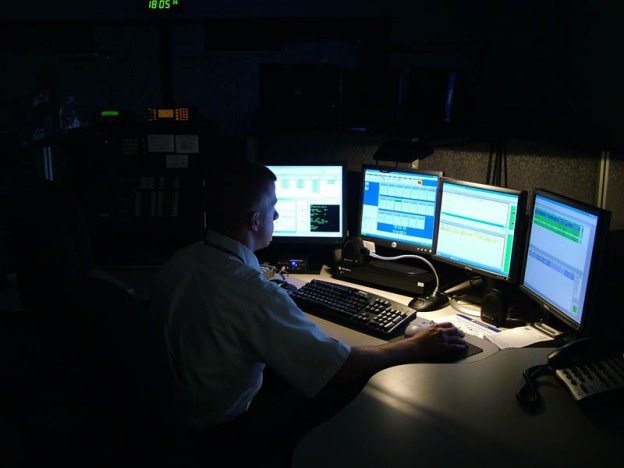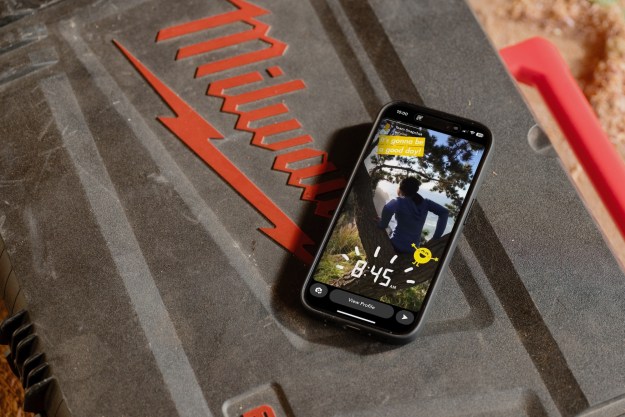
The Federal Communications Commission has officially announced a plan to roll out the next-generation emergency 911 system. Details of the five-step deployment plan were announced by FCC chairman Julius Genachowski at an event in Philadelphia on Wednesday.
Once the plan is fully enacted, emergency responders will be able to receive text messages, videos and photos sent from individuals, in addition to standard voice calls. Responders will also be able to better pinpoint the location of an emergency alert using the location data sent from enabled cell phones.
“It’s hard to imagine that airlines can send text messages if your flight is delayed, but you can’t send a text message to 9-1-1 in an emergency,” Genachowski said.
“The unfortunate truth is that the capability of our emergency response communications has not kept pace with commercial innovation — has not kept pace with what ordinary people now do every day with communications devices. The shift to NG911 can’t be about if, but about when and how.”
The FCC first announced its plans to improve the life-saving 911 system in November of last year. Impetus for the plan stems from thetragic 2007 shootings at Virginia Tech, where many students and faculty desperately tried to send texts to 911. Since the system doesn’t accept them, these pleas for help never got through.
Currently, about 50 percent of the 240 million 911 calls made each year come from mobile devices. The FCC’s plan includes the construction of a national broadband network based upon 4G LTE technology. The ability to connect to the high-speed wireless network will provide the infrastructure needed to implement the additions of text, video and photos to the 911 system.
Genachowski stipulates that full roll-out of the plan will require support from Congress, which must approve the spending necessary to complete the 911 initiative.
